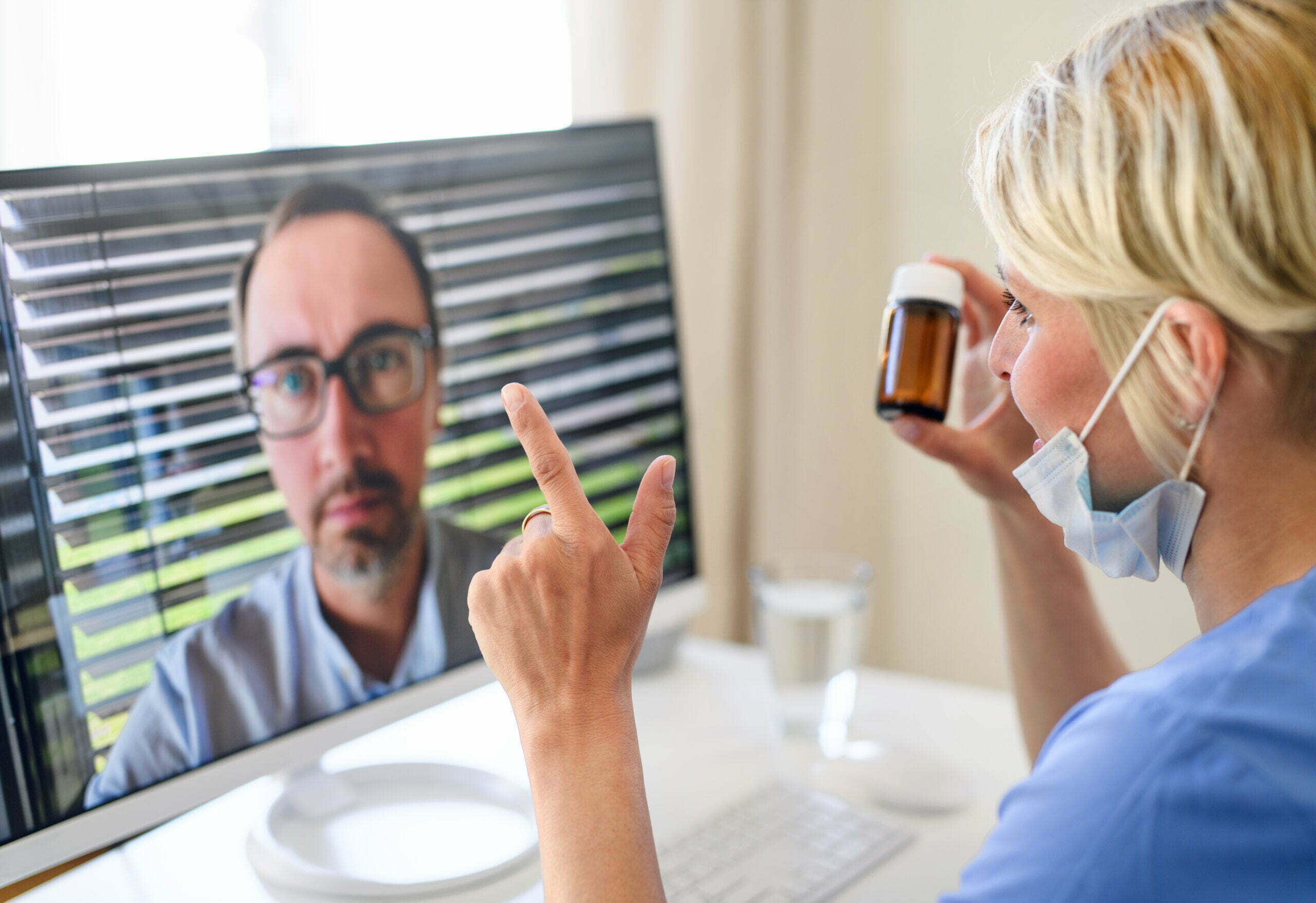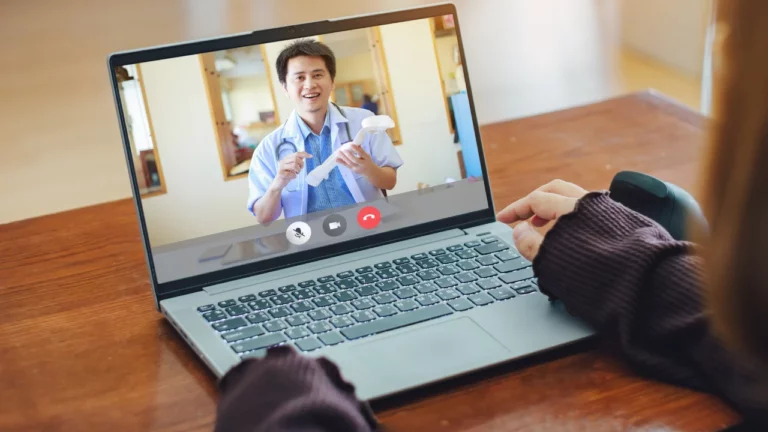Nearly half of all Americans, or 133 million individuals, have at least one chronic disease today. This number is 15 million more than it was just ten years ago, and by 2030, it is anticipated to reach 170 million. Increasing costs, longer hospital stays, readmissions, and unfavorable outcomes make it difficult for the US health system to save costs. The good news is that Telehealth, especially Remote Patient Monitoring or RPM, could result in annual savings for the United States of up to $6 billion. Let’s see how Remote Patient Monitoring saves billions in the next section.
According to the CDC, 90% of the nation’s $4.1 trillion in annual health care expenditures are for people with chronic or mental health conditions. More specifically, chronic diseases such as cardiovascular diseases and strokes require about $216 billion per year, and diabetes requires about $327 billion per year. These are just two examples of the many chronic diseases that patients have and show how drastic the costs of hospital visits for the chronically ill can be.
[Editor’s note: Statistics on national health care expenditures have been updated based on CDC’s data.]
How Remote Patient Monitoring Saves Cost
Remote patient monitoring or RPM, a technological innovation in healthcare, is one of the most promising ways to enhance care, cut costs, and increase efficiency. In a patient’s home, RPM supports patients, doctors, and care coordinators in monitoring and providing continuous care. Application and device examples include video conferences with medical professionals, mobile or tablet-based patient education, home medical devices, and tools to monitor medication, diet, and exercise compliance.
In a recent press release of DrKumo, leader of connected health technology, on winning a contract from ProHealth Partners— a well-established network of primary care physicians, it was announced that DrKumo will enable hundreds of doctors to provide early detection and timely intervention through its continuous real-time RPM, which can help increase patient satisfaction and overall health outcomes. RPM that supports Disease Management Protocols (DMPs) allows healthcare providers to automate the transmission of objective and subjective health data, which helps enhance care and increase patient engagement and satisfaction.
Adopting the most advanced RPM technology solution can drastically reduce the number of hospital visits or check-ups, hospitalizations, and readmissions.
- Constantly monitoring patients as they send data to clinicians in real-time cuts the need for routine hospital checkups, which are only necessary to gather essential data for patients and make sure they are healthy. With patients’ vitals being monitored regularly, doctors can gather data via technology instead of in person.
- Doctors will have all the necessary information beforehand, so they will be able to use time spent with chronically ill patients wisely instead of repeatedly asking questions about their health conditions that could be detected using RPM technology. With more efficient hospital checkups, there will be no need for repeated and unnecessary checkups, thus saving money and time for patients.
- Doctors and patients are constantly in touch and able to communicate; patients are encouraged to seek advice or ask questions, and conversely, doctors are encouraged to give feedback and help patients with tasks such as taking the correct medicine at the correct time. In this way, doctor-patient communication is vastly improved and will dramatically reduce the number of emergency hospital visits.
With all this in mind, reducing the number of necessary hospital checkups, increasing the effectiveness of the few hospital check-ups that occur, and lessening the chance of emergency hospital visits will lead to an overall dramatic reduction in hospital bills for patients.
According to a study, “over the next 25 years, RPM is expected to save $200 billion in healthcare costs globally.” Not only will patients have the convenience of staying at home while experiencing an improved quality of care with RPM, but it is likely to be far more cost-effective than frequent hospital visits.
Read more on how RPM saves cost:
Surging Gas Prices: How Remote Patient Monitoring Can Help Patients Save Travel Costs?
How to Manage the Most Costly Chronic Diseases with Remote Patient Monitoring
Join our RPM program and help save costs. Contact DrKumo for more information.








